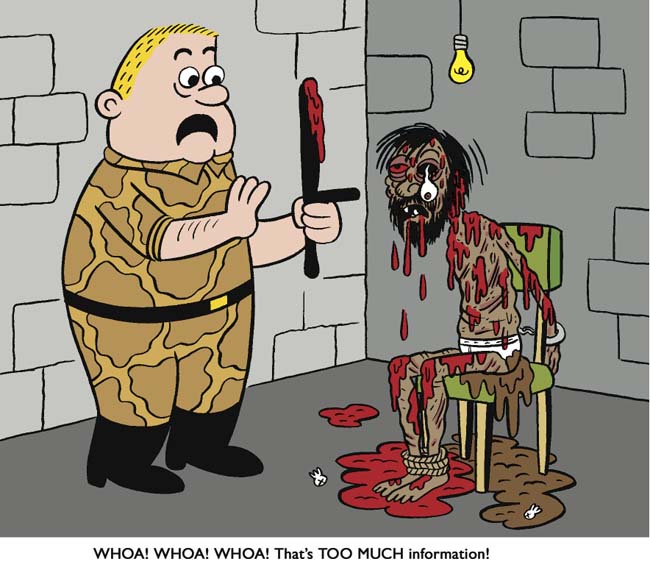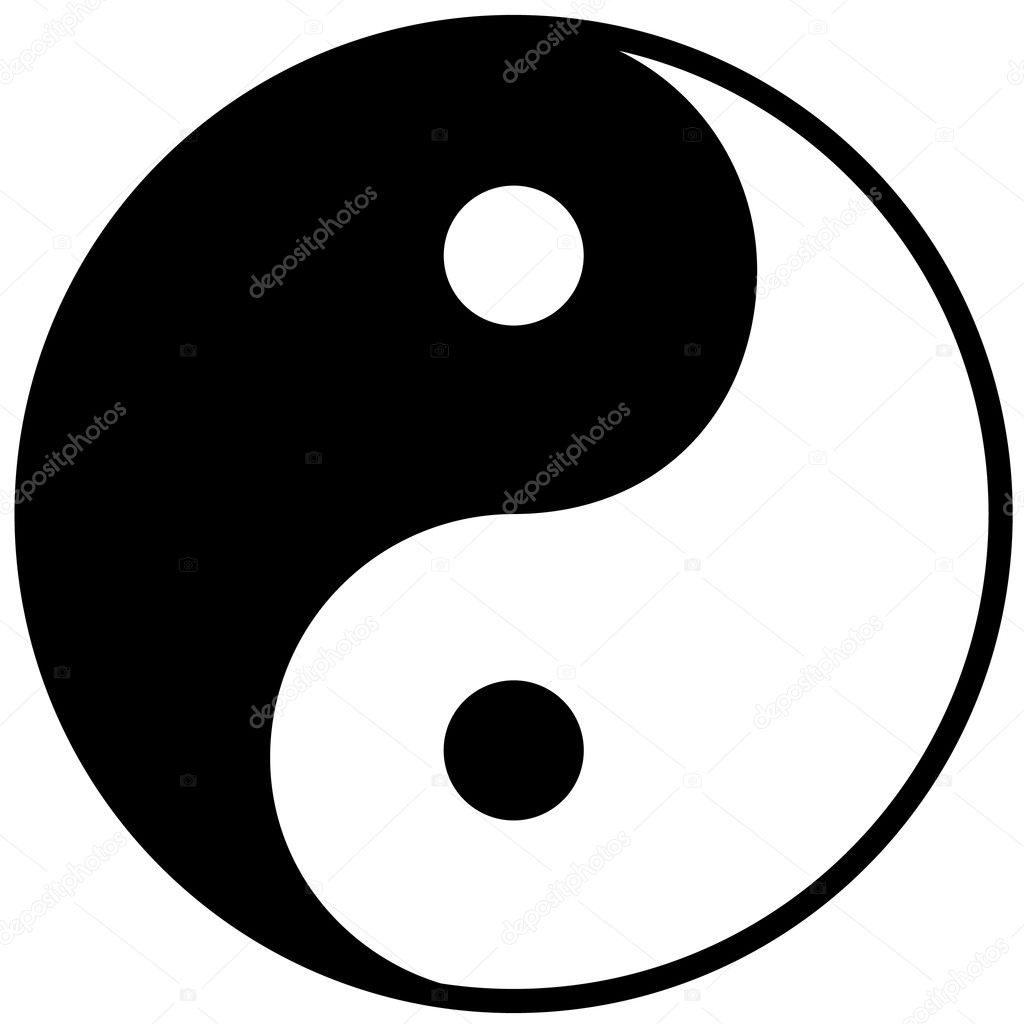1. Rhetorical Question: question suggesting its own answer not requiring an answer; used in argument or persuasion.

2. Rising Action: plot build up, caused by conflict and
complications, advancement toward climax.

3. Romanticism: movement in western culture beginning in the
eighteenth and peaking in the nineteenth century as a revolt against
Classicism; imagination was valued over reason and fact.

4. Satire: ridicules or condemns the weakness and wrong
doings of indivduals, groups, institutions, or humanity in general.

5. Scansion: the analysis of verse in terms of meter.

6. Setting: the time and place in which events in a short
story, novel, play, or narrative poem occur.

7. Simile: a figure of speech comparing two essentially
unlike things through the use of a specific word of comparison.

8. Soliloquy: an extended speech, usually in a drama,
delivered by a character alone on stage.

,
9. Spiritual: a folk song, usually on a religious theme.

10. Speaker: a narrator, the one speaking.

11. Stereotype: cliché; a simplified, standardized
conception with a special meaning and appeal for members of a group; a formula
story.

12. Stream of Consciousness: the style of writing that attempts
to imitate the natural flow of a character's thoughts, feelings, reflections,
memories, and mental images, as the character experiences them.
13. Structure: the planned framework of a literary
selection; its apparent organization.

14. Style: the manner of putting thoughts into words; a
characteristic way of writing or speaking.
15. Subordination: the couching of less important ideas in
less important structures of language.

16. Surrealism: a style in literature and painting that
stresses the subconscious or the nonrational aspects of man's existence
characterized by the juxtaposition of the bizarre and the banal.
17. Suspension of Disbelief: suspend not believing in order
to enjoy it.

18. Symbol: something which stands for something else; yet
has a meaning of its own.

19. Synesthesia: the use of one sense to convey the
experience of another sense.

20. Synecdoche: another form of name changing, in which a
part stands for the whole.
21. Syntax: the arrangement and grammatical relations of
words in a sentence.

22. Theme: main idea of the story; its message(s).
23. Thesis: a proposition for consideration, especially one
to be discussed and proved or disaproved: the main idea.
24. Tone: the devices used to create the mood and atmosphere
of a literary work; the author's perceived point of view.

25. Tongue in Cheek: a type of humor in which the speaker
feigns seriousness; a.k.a. "dry" or "dead pan"
No comments:
Post a Comment